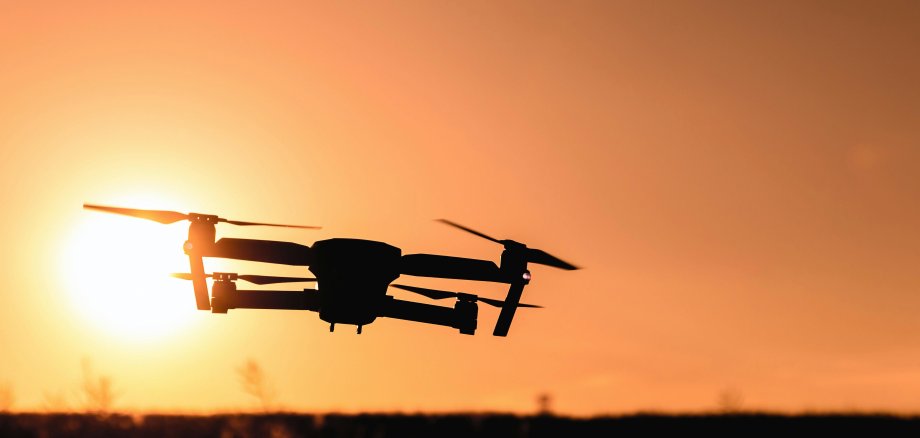Use of existing drones
As of 1 January 2024, only drones with a C classification (e.g. C0 or C1) may be put on the market in the ‘open’ category. Stocks held by dealers that are intended for sale may still be sold.
In this context, putting on the market means making an individual product (UAS) available on the EU market for the first time, e.g. by importing it from a third country or supplying it within the EU for the first time against payment or free of charge.
As of 1 January 2024, existing drones, i.e. drones without a C classification, may no longer be put on the market for operation in the ‘open’ category. However, existing drones purchased before 1 January 2024 may continue to be operated
- in the ‘open’ category A1 for existing drones with a maximum permissible take-off mass of less than 250 g and
- in the ‘open’ category A3 for existing drones with a maximum permissible take-off mass of less than 25 kg.
Existing drones may continue to be operated in the ‘specific’ category with an operating licence.
The German Federal Aviation Office (Luftfahrt-Bundesamt, LBA) is currently responsible for the market surveillance of drones with a C classification. Information on drones with a C classification that are put on the market but do not fulfil the requirements can be submitted to the LBA via e-mail at uas@lba.de.
Additional information in German can be found on the web pages of the German Federal Aviation Office.
Discontinued use of existing drones in the ‘open’ category A2
The rules for existing drones with a take-off mass of less than 2 kg no longer apply. The following certificates of remote pilot competency (‘drone licences’) therefore exist as of 1 January 2024:
- EU certificate of competency of category A1/A3
- EU certificate of remote pilot competency of category A2 or
- EU certificate of remote pilot competency for standard scenarios
- Proof of accreditation for the completed practical training and assessment according to the standard scenarios STS-01 and/or STS-02
- Proof of competence from an authorised air sports association
(Deutscher Modellflieger Verband (DMFV) certificate of competency or Modellflugsportverband Deutschland (MFSD) training certificate)
Mandatory use of remote identification in the ‘specific’ category
In the ‘specific’ category, the UAS must be equipped with an active and updated remote identification system. This applies also to the ‘open’ category when operating drones of classes C1, C2, C3, C5 or C6. If possible, drones without this function can be retrofitted with additional devices for direct remote identification.
Discontinuation of the national standard scenario DE.STS.FARM
Declarations for the national standard scenario (DE.STS.FARM) can no longer be submitted. Declarations made before 1 January 2024 will lose their validity on 1 January 2026.
Use of the standard scenarios STS-01 and STS-02
As of 1 January 2024, operator certificates in the ‘specific’ category for the European standard scenarios STS-01 and STS-02 can be submitted to the Federal Aviation Office (Luftfahrt-Bundesamt, LBA). For this, UAS of category C5 or C6 are required. Further information in German on the operating conditions can be found on the web pages of the Federal Aviation Office on the standard scenarios.

